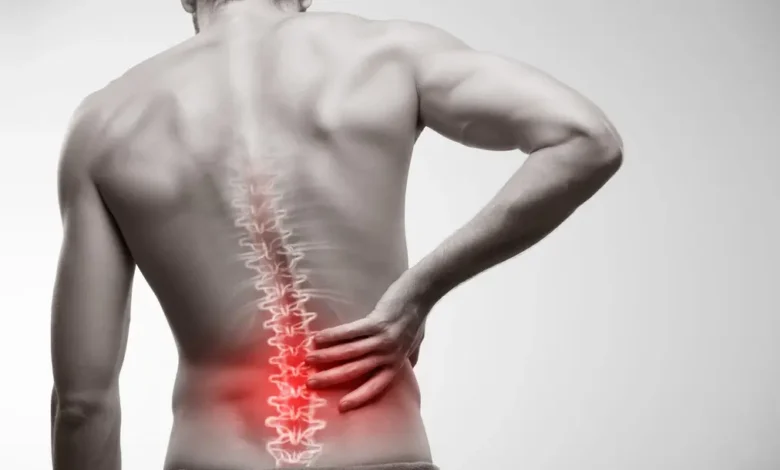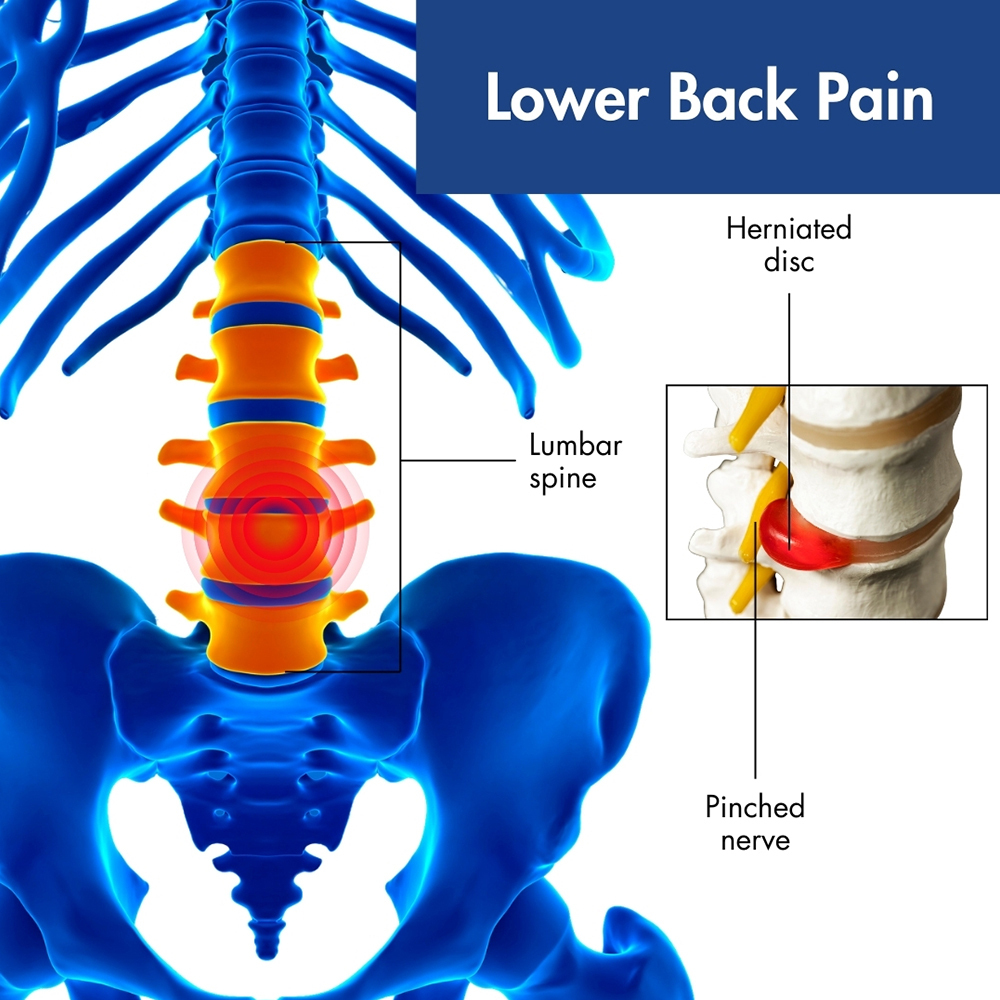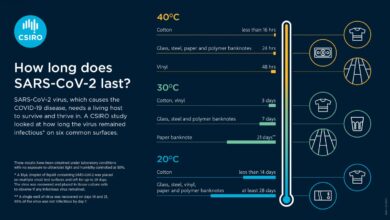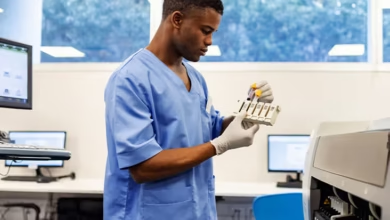Mastering Lower Back Pain: A Comprehensive Guide to Relief and Prevention

Understanding Lower Back Pain: The Basics
Lower back pain is an ubiquitous problem that affects millions of people worldwide. It’s a condition that can strike at any age, and its impact can range from mild discomfort to debilitating pain that disrupts daily life. But what exactly is lower back pain, and what causes it?
At its core, lower back pain refers to any type of discomfort or pain that occurs in the lower back region, which spans from the base of the ribcage to the hips. This area is home to a complex structure of muscles, bones, discs, and nerves that work together to provide support, stability, and mobility to the body. When any of these components become irritated, inflamed, or damaged, it can lead to pain.
One of the primary causes of lower back pain is muscle strain. This occurs when the muscles in the lower back become overstretched or torn, often as a result of heavy lifting, bending, or sudden movements. Poor posture, which puts strain on the muscles and joints in the lower back, can also contribute to muscle strain.
The Role of Discs and Joints in Lower Back Pain
In addition to muscle strain, problems with the discs and joints in the lower back can also lead to pain. The spine is made up of a series of vertebrae, which are separated by discs that act as shock absorbers. These discs have a soft, gel-like center that’s surrounded by a tougher outer layer.
Over time, the discs can become worn down, which can lead to a range of problems. For example, the discs may become herniated, which means that the soft center bulges out through a tear in the outer layer. This can put pressure on the surrounding nerves, leading to pain, numbness, and tingling in the lower back and legs.
The joints in the lower back, known as facet joints, can also become inflamed or irritated, leading to pain. This is often due to wear and tear over time, but it can also be caused by injuries or conditions such as arthritis.
Lifestyle Factors That Contribute to Lower Back Pain

While muscle strain, disc problems, and joint issues are all common causes of lower back pain, lifestyle factors can also play a significant role. For example, people who are overweight or obese are more likely to experience lower back pain, as excess weight puts additional strain on the muscles and joints in the lower back.
Poor posture is another lifestyle factor that can contribute to lower back pain. When we slouch or slumped over, it puts strain on the muscles and joints in the lower back, which can lead to pain. Additionally, people who have jobs that involve heavy lifting, bending, or sitting for long periods of time are also at a higher risk of developing lower back pain.
Smoking is another lifestyle factor that can contribute to lower back pain. Smoking can reduce blood flow to the discs and joints in the spine, leading to degeneration and pain. Furthermore, people who smoke are also more likely to experience osteoporosis, which can increase the risk of fractures and other injuries that can lead to lower back pain.
Managing Lower Back Pain: A Multifaceted Approach
While lower back pain can be a debilitating condition, there are many effective ways to manage it. A multifaceted approach that incorporates lifestyle changes, self-care techniques, and professional interventions can help alleviate symptoms and improve overall quality of life.
One of the most effective ways to manage lower back pain is through exercise. Regular physical activity can help strengthen the muscles in the lower back, improve flexibility, and reduce pain. Low-impact activities such as yoga, Pilates, and swimming are often recommended, as they can help improve strength and flexibility without putting excessive strain on the joints.
In addition to exercise, lifestyle changes such as maintaining a healthy weight, quitting smoking, and improving posture can also help alleviate lower back pain. People who experience lower back pain should also take regular breaks to stretch and move around, especially if they have jobs that involve sitting or standing for long periods of time.
Self-Care Techniques for Lower Back Pain
In addition to lifestyle changes and exercise, there are many self-care techniques that can help alleviate lower back pain. One of the most effective techniques is heat therapy, which involves applying heat to the affected area to relax muscles and reduce pain. This can be done using a heating pad, a warm bath, or a heat wrap.
Cold therapy, which involves applying cold to the affected area to reduce inflammation and numb the pain, can also be effective. This can be done using an ice pack, a cold compress, or a bag of frozen peas wrapped in a towel.
Massage therapy is another self-care technique that can help alleviate lower back pain. Massage involves manipulating the soft tissues in the body to relax muscles, improve circulation, and reduce pain. There are many different types of massage, including Swedish massage, deep tissue massage, and shiatsu massage.



